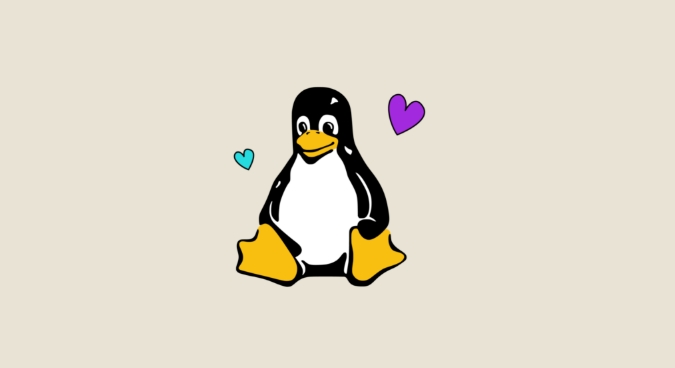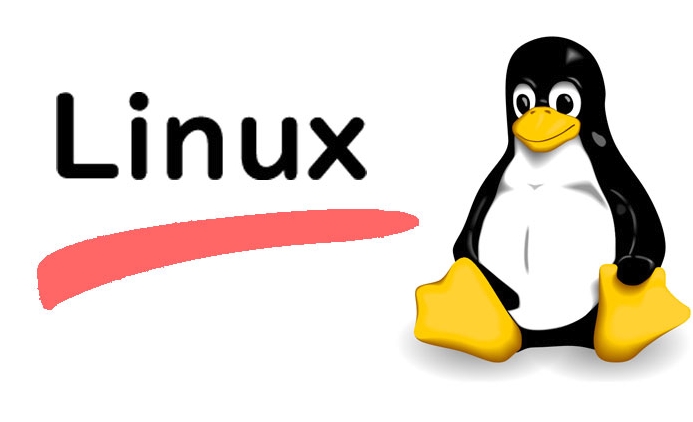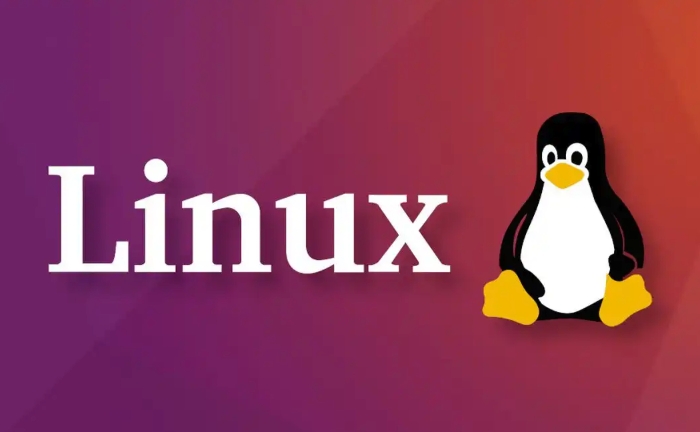Yes, Linux has a steeper learning curve than Windows for most beginners, mainly due to familiarity. 1. Different interfaces and navigation across Linux distros can be confusing, unlike Windows' consistent layout. 2. Software installation involves multiple methods like APT, Snap, or .deb files, which are less straightforward than Windows’ .exe installers. 3. Some hardware and software have less out-of-the-box compatibility, requiring extra setup or research. 4. Terminal use feels intimidating at first, though it's often optional and becomes easier with basic commands. Tips include using beginner-friendly distros, sticking to recommended installation methods, checking compatibility before buying devices, and gradually learning essential terminal commands.

Yes, for most beginners, Linux does have a steeper learning curve than Windows — but not always for the reasons people expect.

The main reason is familiarity. Most new users have already seen Windows in some form, whether on school computers, family laptops, or office machines. Linux, on the other hand, feels different from the start. It’s not just the layout — it's the way you interact with the system, install software, and even get help when something goes wrong.

Let’s break down why Linux can feel harder and where the real challenges lie.
1. Different Interface and Navigation
Linux distributions (distros) come in many flavors, each with its own desktop environment. For example, Ubuntu uses GNOME by default, while Linux Mint offers Cinnamon, MATE, or XFCE. These look and behave differently from Windows.

- You won’t find a Start menu quite like Windows’ unless you use certain distros or customize it.
- Settings panels are often scattered across different tools.
- File managers work similarly, but they’re not identical to File Explorer.
What makes it tricky:
If you're used to clicking through menus in Windows, figuring out where things are in Linux can be confusing at first. There’s no one-size-fits-all layout.
Tips for getting used to it:
- Try beginner-friendly distros like Linux Mint or Pop!_OS — they feel more intuitive.
- Don’t skip the welcome screen or tour that some distros show on first boot.
- Spend 10–15 minutes just exploring the menus and settings without trying to do anything specific.
2. Software Installation Isn’t Always One Click
In Windows, you usually download an .exe file and run it. On Linux, installing software can involve several methods:
- Using a built-in app store (like GNOME Software or Discover)
- Installing via the terminal with commands like
sudo apt install [package] - Downloading
.debor.rpmfiles - Occasionally dealing with snaps or flatpaks
Common confusion points:
- Why there’s more than one way to install programs.
- Why some apps aren’t available the same way as on Windows.
- Why some installers feel slower or less polished.
What helps:
- Stick with your distro’s recommended method — for Ubuntu-based systems, that’s usually APT or the Software Center.
- Look for official
.debpackages if the app isn’t in your software center. - Use a tool like
aptinstead of snaps if possible — many users prefer traditional packages.
3. Less Out-of-the-Box Compatibility
Some hardware or software just works better with Windows, especially if it’s proprietary or niche.
- Older printers, scanners, or game controllers might need extra setup.
- Some games and applications (especially Adobe products or Microsoft Office plug-ins) don’t run natively.
- Driver support varies — though it’s gotten much better over the years.
Real-world example:
A user tries to connect a Bluetooth headset and finds it doesn’t pair right away. In Windows, it just worked. Now they have to search forums or tweak PulseAudio settings in Linux.
How to handle it:
- Search online for "[your device] Linux compatibility" before buying.
- Check community forums like Reddit or LinuxQuestions.org.
- Consider dual-booting or using a virtual machine for occasional Windows-only tasks.
4. Terminal Use Feels Intimidating
One big difference is how often Linux users turn to the terminal. While Windows has PowerShell and Command Prompt, most casual users never touch them.
In Linux:
- Some tasks are faster in the terminal (like updating software).
- Troubleshooting often starts there.
- Many guides assume basic command-line knowledge.
But here’s the good news:
You don’t need to become a command-line wizard to use Linux. Most daily tasks can be done with a mouse.
Start small:
- Learn a few essential commands (
ls,cd,sudo apt update) - Copy-paste commands from guides — no need to memorize them all at once
- Use the terminal only when needed, like for installing software or fixing issues
For most beginners, Linux isn't impossible — it's just unfamiliar. Once you get past the initial differences, it can be just as easy to use as Windows for everyday tasks like browsing, writing, and media consumption.
It’s not about being smarter or technically gifted — it’s about being willing to learn a few new habits. And honestly, most of the difficulty fades after the first month or so.
So yes, Linux is harder at first — but not because it’s inherently complex. Mostly because it’s different.
The above is the detailed content of Is Linux harder to learn than Windows for a beginner?. For more information, please follow other related articles on the PHP Chinese website!

Hot AI Tools

Undress AI Tool
Undress images for free

Undresser.AI Undress
AI-powered app for creating realistic nude photos

AI Clothes Remover
Online AI tool for removing clothes from photos.

Clothoff.io
AI clothes remover

Video Face Swap
Swap faces in any video effortlessly with our completely free AI face swap tool!

Hot Article

Hot Tools

Notepad++7.3.1
Easy-to-use and free code editor

SublimeText3 Chinese version
Chinese version, very easy to use

Zend Studio 13.0.1
Powerful PHP integrated development environment

Dreamweaver CS6
Visual web development tools

SublimeText3 Mac version
God-level code editing software (SublimeText3)

Hot Topics
 5 Best Open Source Mathematical Equation Editors for Linux
Jun 18, 2025 am 09:28 AM
5 Best Open Source Mathematical Equation Editors for Linux
Jun 18, 2025 am 09:28 AM
Are you looking for good software to write mathematical equations? If so, this article provides the top 5 equation editors that you can easily install on your favorite Linux distribution.In addition to being compatible with different types of mathema
 SCP Linux Command – Securely Transfer Files in Linux
Jun 20, 2025 am 09:16 AM
SCP Linux Command – Securely Transfer Files in Linux
Jun 20, 2025 am 09:16 AM
Linux administrators should be familiar with the command-line environment. Since GUI (Graphical User Interface) mode in Linux servers is not commonly installed.SSH may be the most popular protocol to enable Linux administrators to manage the servers
 Gogo - Create Shortcuts to Directory Paths in Linux
Jun 19, 2025 am 10:41 AM
Gogo - Create Shortcuts to Directory Paths in Linux
Jun 19, 2025 am 10:41 AM
Gogo is a remarkable tool to bookmark directories inside your Linux shell. It helps you create shortcuts for long and complex paths in Linux. This way, you no longer need to type or memorize lengthy paths on Linux.For example, if there's a directory
 What is a PPA and how do I add one to Ubuntu?
Jun 18, 2025 am 12:21 AM
What is a PPA and how do I add one to Ubuntu?
Jun 18, 2025 am 12:21 AM
PPA is an important tool for Ubuntu users to expand their software sources. 1. When searching for PPA, you should visit Launchpad.net, confirm the official PPA in the project official website or document, and read the description and user comments to ensure its security and maintenance status; 2. Add PPA to use the terminal command sudoadd-apt-repositoryppa:/, and then run sudoaptupdate to update the package list; 3. Manage PPAs to view the added list through the grep command, use the --remove parameter to remove or manually delete the .list file to avoid problems caused by incompatibility or stopping updates; 4. Use PPA to weigh the necessity and prioritize the situations that the official does not provide or require a new version of the software.
 Install LXC (Linux Containers) in RHEL, Rocky & AlmaLinux
Jul 05, 2025 am 09:25 AM
Install LXC (Linux Containers) in RHEL, Rocky & AlmaLinux
Jul 05, 2025 am 09:25 AM
LXD is described as the next-generation container and virtual machine manager that offers an immersive for Linux systems running inside containers or as virtual machines. It provides images for an inordinate number of Linux distributions with support
 How to create a file of a specific size for testing?
Jun 17, 2025 am 09:23 AM
How to create a file of a specific size for testing?
Jun 17, 2025 am 09:23 AM
How to quickly generate test files of a specified size? It can be achieved using command line tools or graphical software. On Windows, you can use fsutilfilecreatenew file name size to generate a file with a specified byte; macOS/Linux can use ddif=/dev/zeroof=filebs=1Mcount=100 to generate real data files, or use truncate-s100M files to quickly create sparse files. If you are not familiar with the command line, you can choose FSUtilGUI, DummyFileGenerator and other tool software. Notes include: pay attention to file system limitations (such as FAT32 file size upper limit), avoid overwriting existing files, and some programs may
 NVM - Install and Manage Multiple Node.js Versions in Linux
Jun 19, 2025 am 09:09 AM
NVM - Install and Manage Multiple Node.js Versions in Linux
Jun 19, 2025 am 09:09 AM
Node Version Manager (NVM) is a simple bash script that helps manage multiple Node.js versions on your Linux system. It enables you to install various Node.js versions, view available versions for installation, and check already installed versions.NV
 How to install Linux alongside Windows (dual boot)?
Jun 18, 2025 am 12:19 AM
How to install Linux alongside Windows (dual boot)?
Jun 18, 2025 am 12:19 AM
The key to installing dual systems in Linux and Windows is partitioning and boot settings. 1. Preparation includes backing up data and compressing existing partitions to make space; 2. Use Ventoy or Rufus to make Linux boot USB disk, recommend Ubuntu; 3. Select "Coexist with other systems" or manually partition during installation (/at least 20GB, /home remaining space, swap optional); 4. Check the installation of third-party drivers to avoid hardware problems; 5. If you do not enter the Grub boot menu after installation, you can use boot-repair to repair the boot or adjust the BIOS startup sequence. As long as the steps are clear and the operation is done properly, the whole process is not complicated.






